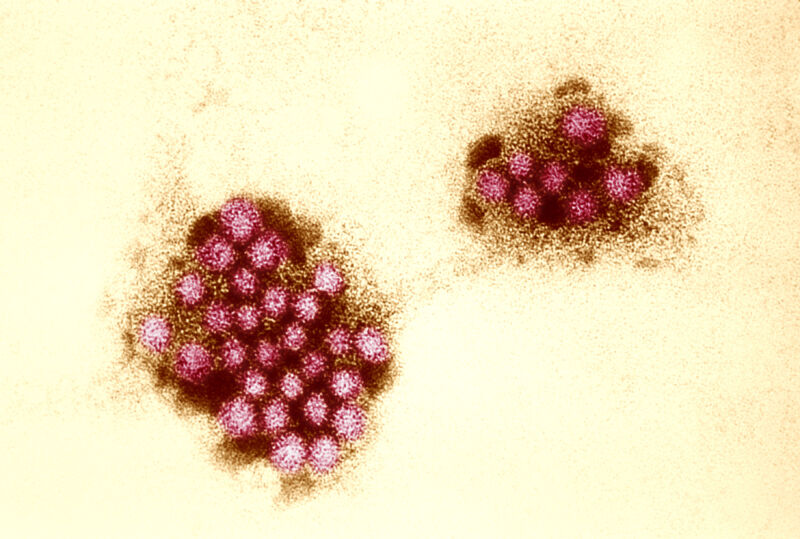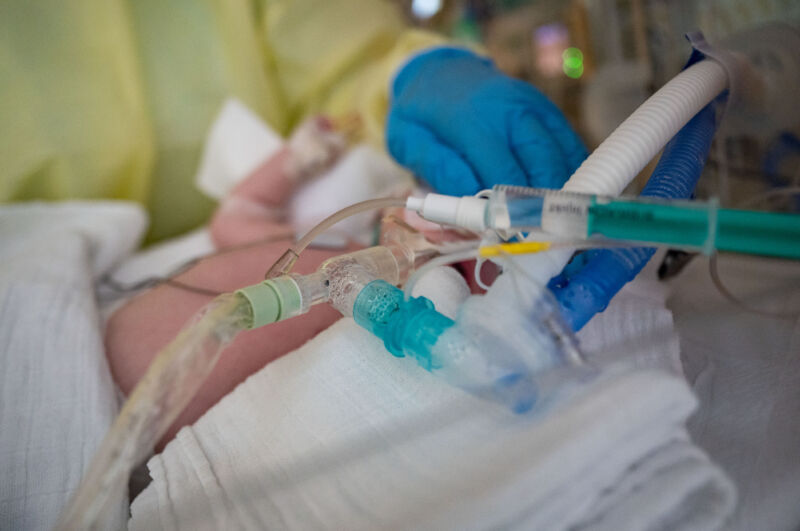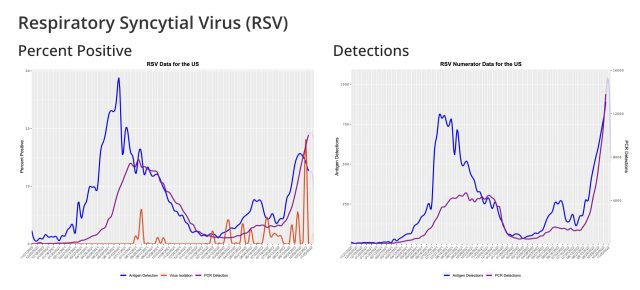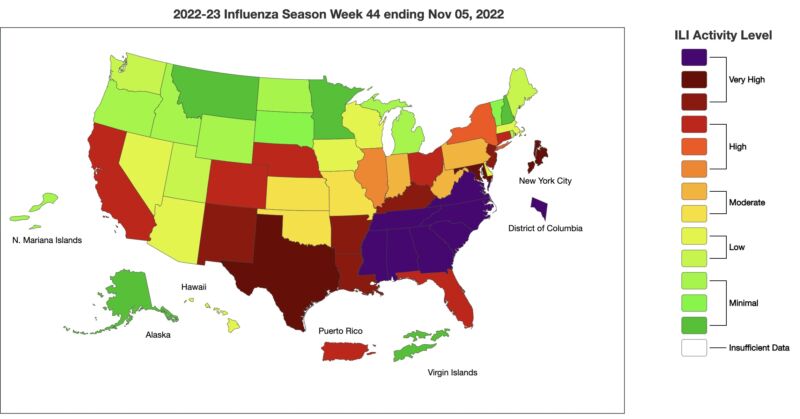-
 chevron_right
chevron_right
Spike in deadly strep infections linked to wave of flu, RSV in US kids
news.movim.eu / ArsTechnica · Friday, 10 March, 2023 - 17:41

Enlarge / A microscope image of Streptococcus pyogenes , a common type of group A strep. (credit: Getty | BSIP )
In the wake of the COVID-19 pandemic and amid a tall wave of respiratory viruses, health officials in Colorado and Minnesota documented an unusual spike in deadly, invasive infections from Streptococcus bacteria late last year, according to a study published this week by the Centers for Disease Control and Prevention .
The spike is yet another oddity of post-pandemic disease transmission, but one that points to a simple prevention strategy: flu shots.
The infections are invasive group A strep , or iGAS for short, which is caused by the same group of bacteria that cause relatively minor diseases, such as strep throat and scarlet fever. But iGAS occurs when the bacteria spread in the body and cause severe infection, such as necrotizing fasciitis (flesh-eating disease), toxic shock syndrome, or sepsis. These conditions can occur quickly and be deadly.










